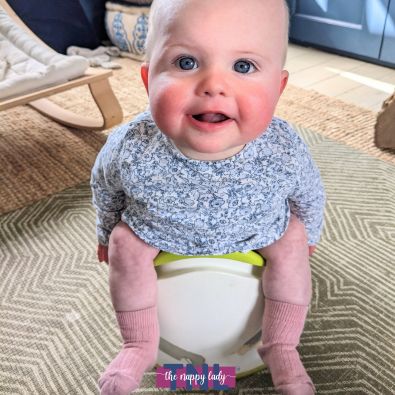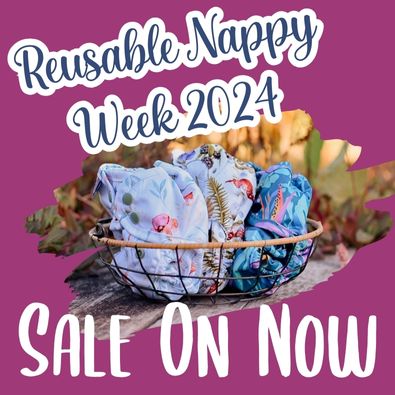Elimination Communication - A Beginners Guide

Elimination communication: How infant potty training works
So you’re interested in starting your young baby on the potty, also known as EC, elimination communication, natural infant hygiene, infant pottying or toilet training. But where do you start? And how!?
Can I start EC from birth?
Can I start potty education at birth? Fans of Elimination Communication (EC) say yes. EC supporters claim its benefits include bonding, more comfort and less nappy waste. Remember potty training at any age requires patience.
Let’s start with some basics. And then move on to tips for the different ages you might be starting at!
What you need to know - elimination communication method
Starting out can be as simple as offering baby the potty every time at your usual nappy change times, or even just one nappy change per day.
The older a baby is when starting, the more likely they are to be a bit confused about what you’re expecting, and may even cry at first. In these cases, make it your first goal to get comfortable about being on the potty, and don’t worry about catches at first.
Not all or nothing!
EC is not all-or-nothing! You can ramp up when you offer the potty, adjust the timings if you start to notice patterns, or keep it just to nappy changes. You may catch less if you are not practising EC as responsively, but all of these will serve to familiarise baby with the potty.
Consistent Language
Using simple, consistent language and signs around potty/toilet can help baby to start communicating back to you as soon as they are able.
Classic EC hold
The in-arms pottying position or squatting on a potty helps a baby to fully evacuate his bladder and bowels helping him to stay cleaner for longer (and as an added bonus also encourages him to burp). The classic EC hold is baby's back against your belly with one of your hands under each thigh and Baby's knees bent. Recognising any sign of discomfort enables you to respond appropriately - in very young babies it takes some of the guesswork away from 'why are they squirming or crying' by giving you something very simple to try that may, quite literally, give them relief.
What are the key things to know about babies of different ages:
-
From birth/the early weeks
It’s a great time to start, as baby’s instincts, coupled with frequent weeing and pooing, will help you get the first catches quickly.
A top hat potty is a great investment, as you can hold this under baby while cradling them in your arms, to help you both feel more secure. -
2-6 months old
You may have begun to notice that baby poos and wees just after feeds and on waking - you can exploit these “easy catches” to get your EC rhythm going! -
6-12 months old
Normal sized potties can be used from around 6 months, depending on baby’s size.
Frustratingly, rapidly changing bowel habits often accompany weaning, and you may be surprised by a few mid-meal poos. It can take a couple of months until their systems adjust and poos come after meals.
This also an age where distraction, toys and songs may be required to keep baby on the potty as they become more mobile! -
12-18 months
This is both a challenging and a rewarding age for EC. It is very common to see “potty pauses” for a few weeks around learning to walk, as baby prioritises their new skill and seeking independence.
However their developing communication skills mean that you can explain and model toilet use, and that they maybe able to communicate when they need to use the potty. -
18 months +
It is usually more productive to go straight to an intensive potty training method by this stage, than to start EC.
